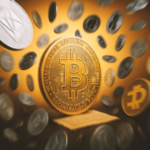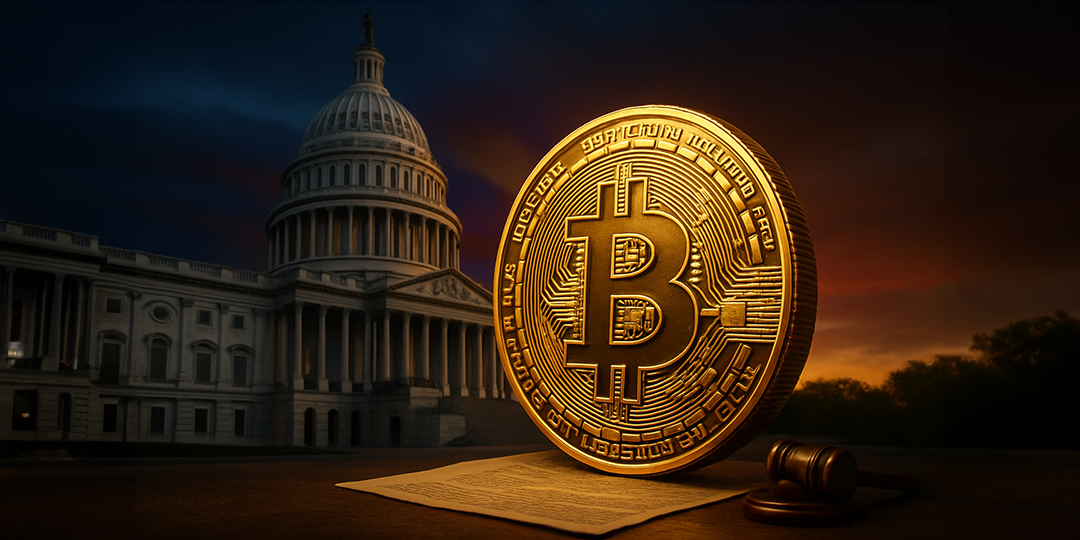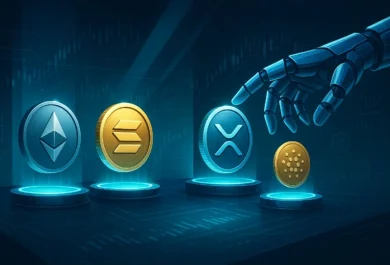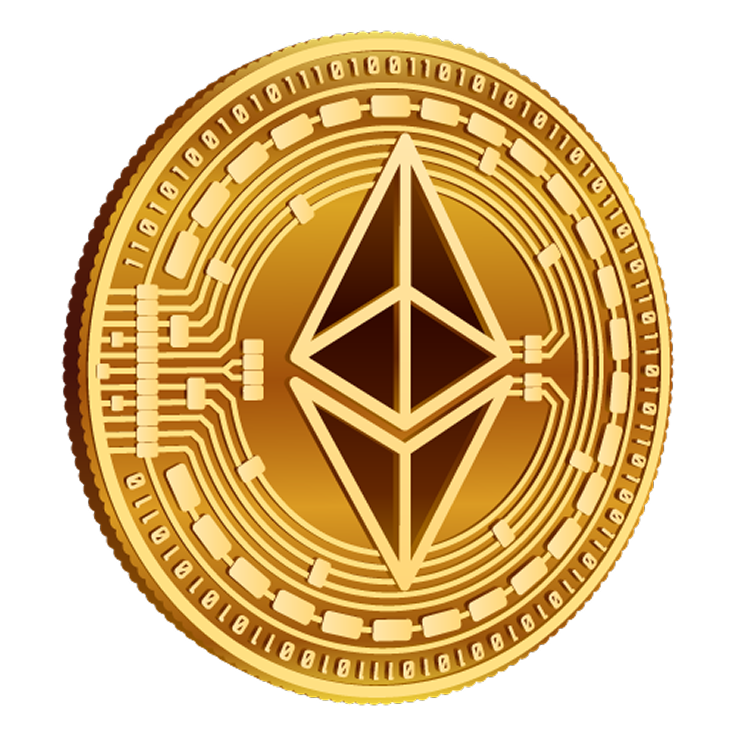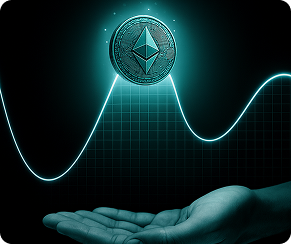A familiar debate reignites as the crypto market surges into 2025: Bitcoin vs altcoins. This time, industry heavyweight Samson Mow, CEO of JAN3 and a vocal Bitcoin maximalist, is calling out what he dubs “altcoin bias” – a risky mindset luring new investors into mistaking low-priced tokens for hidden gems. “Newcomers see a $0.10 altcoin and think it’s ‘cheaper’ than Bitcoin at $100,000. That’s like choosing a dollar-store flashlight over a lighthouse,” Mow argued in a fiery X (formerly Twitter) thread this week. His warning underscores a critical blind spot: price ≠ value.
Chasing cheap coins over real value: Bitcoin vs altcoins
The allure is understandable. A rookie investor with $500 can bag millions of DogeXYZ tokens but only 0.005 Bitcoin. The psychology of quantity over quality kicks in, fueled by viral “altseason” hype and dreams of 100x moonshots. Yet, as Mow points out, this ignores fundamentals.
Bitcoin’s massive $2.1 trillion market cap completely overshadows the entire altcoin space. Even though altcoins together are worth around $800 billion, that value is spread out over thousands of risky bets—literally over 20,000 different coins and tokens. But here’s the kicker: Bitcoin’s dominance isn’t just about size. Its built-in scarcity (there will never be more than 21 million BTC) and growing institutional clout (eight of the Fortune 100 now stash Bitcoin in their corporate treasuries) give it serious staying power. Meanwhile, most altcoins are stuck playing catch-up, lacking Bitcoin’s real-world utility or battle-tested security.
Most alts take advantage of unit bias by utilizing a very high supply, so people can't figure out what they're buying.
— Samson Mow (@Excellion) April 19, 2025
"XRP is *only* $2 but Bitcoin is too expensive at $85,000!"
Unit bias is absolutely destroying the uninitiated.#Bitcoin only.
The comparison, Bitcoin vs. altcoins, divides sharply when examining volatility. Bitcoin’s 30-day volatility hovers at 35% in 2025, down from 80% in 2021, reflecting maturing investor confidence. Meanwhile, altcoins like SolanaX (a hypothetical 2025 token) swing by 120% weekly, turning portfolios into rollercoasters. “Altcoins aren’t investments; they’re lottery tickets,” Mow quipped during a recent podcast. His critique follows April’s “memecoin massacre,” where PEPE3.0 and ShibaMars collapsed 70% overnight after Elon Musk tweeted a single “🧻” emoji.
Altcoins: Innovation labs or obituary lists?
But aren’t altcoins innovation labs? Sure. Ethereum’s shift to quantum-resistant zk-rollups and Ripple’s CBDC partnerships show promise. Yet, for every breakthrough, a dozen “Ethereum killers” fade into obscurity. Since 2021, over 75% of the top 100 altcoins have vanished, per CoinGecko data. Bitcoin, meanwhile, has weathered 14 years of FUD, emerging as digital gold with 90% of institutional crypto allocations.
Mow’s message isn’t anti-altcoin but pro-education. “Do your homework. If you can’t explain the token’s utility beyond ‘number go up,’ stick to Bitcoin.” As regulators clamp down on speculative ICOs post-2024’s MiCA laws in Europe, the Bitcoin vs altcoins narrative tilts further toward caution.
Final Thought: Bitcoin outshines altcoins
So, what’s the takeaway? Bitcoin offers a battle-tested safe harbor; altcoins, a high-stakes casino. New investors, dazzled by decimal points, often miss the forest for the trees. As Mow puts it, “you wouldn’t trade a diamond for a truckload of glitter. Don’t do it with your portfolio either.” In crypto’s wild west, sometimes the oldest sheriff in town remains the smartest bet.
